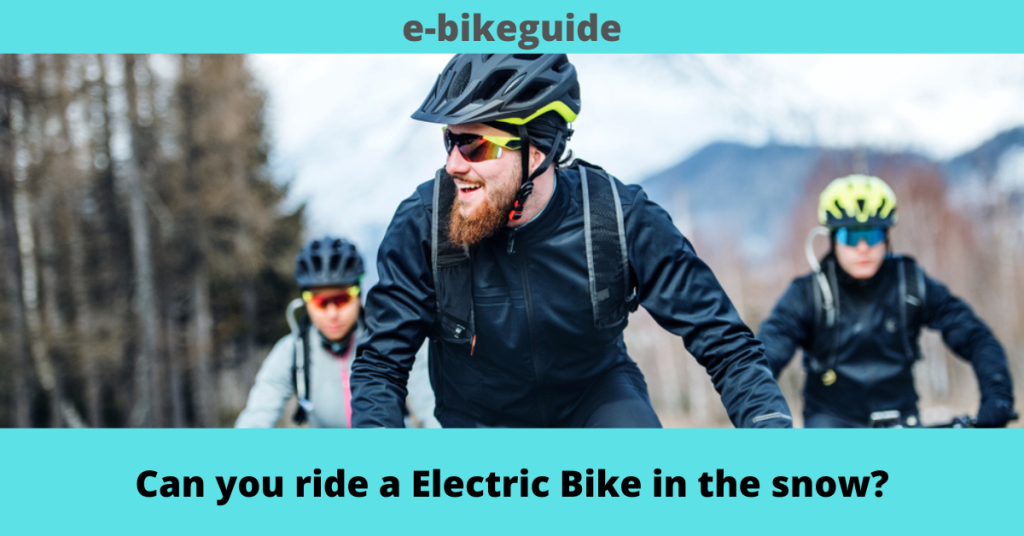Can you ride a Electric Bike in the snow?
Do you allow Electric Bikes to operate in snow? For a variety of reasons, winter continues to be a concern for the majority of e-bike riders. In reality, ignoring the snowier months would be disastrous for an owner of an e-bike and just would not do. Even electric bikes built for colder locations shouldn’t be […]
Can you ride a Electric Bike in the snow? Read More »




